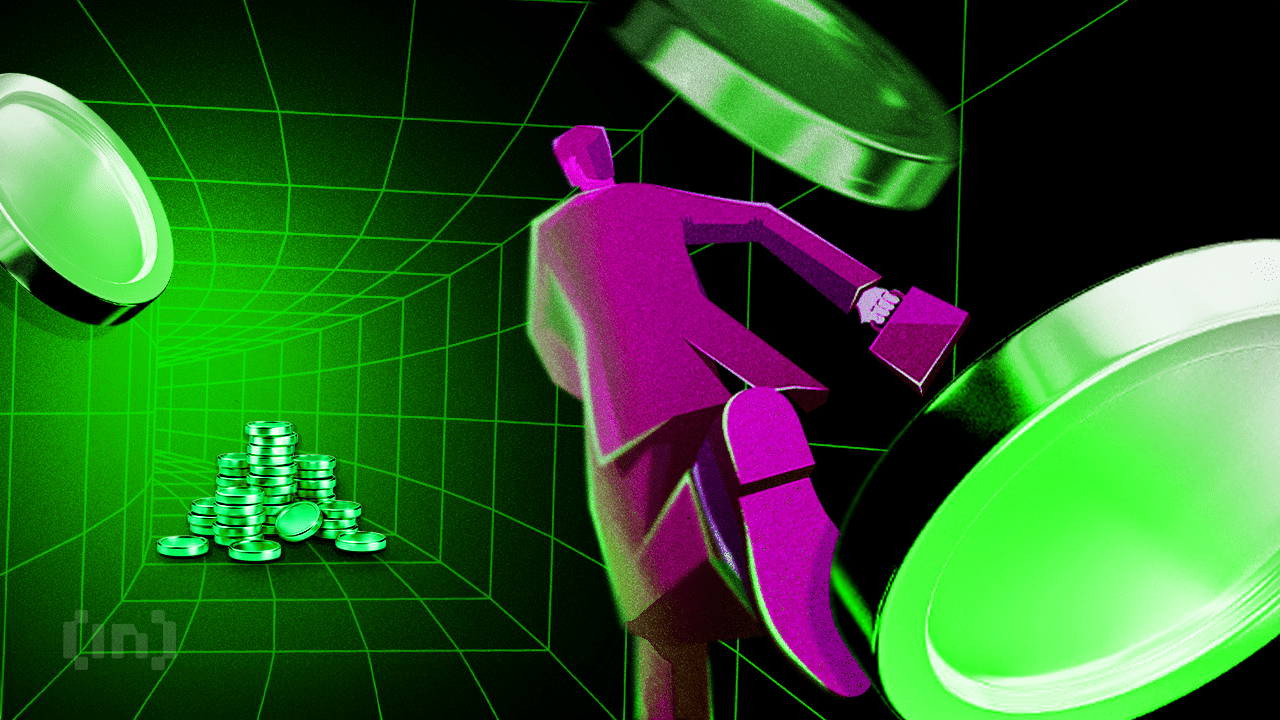Throughout 2024, centralized exchanges like Coinbase and Binance have led efforts to tackle the challenges of crypto regulation.
As regulatory pressures mount, user expectations shift, and competition with decentralized platforms intensifies, these exchanges are meeting challenges with compliance, innovation, and user-focused strategies.
Compliance: Setting Standards in Crypto Regulation
Both Coinbase and Binance prioritize regulatory compliance as a core strategy, though their approaches differ based on their market focus. In an interview with BeInCrypto, a Coinbase spokesperson discussed how the exchange has long championed clear regulations, particularly in the US.
“Through initiatives like Stand With Crypto, we’re mobilizing support to keep innovation in the US while fighting for clarity in the courts and working with Congress on bipartisan legislation,” the Coinbase spokesperson told BeInCrypto.
These efforts aim to create a framework that fosters growth while addressing risks in cryptocurrency policies.
Binance, in contrast, takes a global approach, investing over $200 million in compliance efforts and expanding its team to 700 members. The company has secured 19 regulatory milestones, including registration with India’s Financial Intelligence Unit.
“For us, leading a culture of compliance is an opportunity to set new standards for the entire industry,” Vishal Sacheendran, Binance’s Head of Regional Markets, told BeInCrypto.
However, challenges persist. Coinbase’s focus on US advocacy highlights the fragmented global regulatory environment, while Binance’s rapid global expansion has faced scrutiny over its inconsistency in adhering to local regulations.
Trust and Security in Cryptocurrency
Trust is foundational for centralized exchanges, and both Coinbase and Binance invest heavily in security to meet industry standards.
Coinbase leverages institutional-grade custody solutions and collaborates with law enforcement to combat fraud. The platform safeguards over $269 billion in assets while educating users about safe practices in the cryptocurrency ecosystem.
Binance employs a Proof of Reserves (PoR) system that ensures user funds are held 1:1 with additional reserves. Using zero-knowledge cryptography, users can independently verify the safety of their assets.
“Users should have full control over where and how their digital assets are stored,” Sacheendran explained.
Additionally, Binance’s security teams protected 1.2 million users from scams in 2024, recovering $73 million in stolen funds. The $1 billion Secure Asset Fund for Users (SAFU) provides added protection against unforeseen risks. However, some critics argue that PoR systems across the industry lack full transparency as they don’t always disclose liabilities.
Transparency, Liquidity, and Cryptocurrency Compliance
Transparency and liquidity are crucial for centralized exchanges, and Coinbase and Binance lead the way with their innovative tools.
As a public company, Coinbase adheres to strict reporting standards that build stakeholder confidence. It offers a deep liquidity pool and high-throughput APIs for seamless trading, ensuring stability even during market fluctuations.
Binance uses zk-SNARK cryptography in its PoR system, enabling users to verify their assets while maintaining privacy. The exchange’s debt-free financial model reduces exposure to market volatility, supporting liquidity and sustainable growth. Critics, however, question whether these transparency efforts sufficiently address systemic risks in cryptocurrency regulation.
Driving Innovation to Retain Users
Innovation is essential for centralized exchanges to remain competitive in a fast-evolving industry. Coinbase and Binance continue to introduce features designed to improve the user experience.
Coinbase has launched smart wallets to simplify self-custody, eliminated network fees, and introduced Base, a Layer 2 solution supporting sub-1 second, sub-1 cent transactions. Its partnership with Stripe expanded USDC’s utility for faster and more affordable global payments.
Binance, guided by user feedback, has rolled out tools like Spot Copy Trading and Mock Trading. These features cater to both new and experienced traders. Enhancements to its Web3 Wallet infrastructure bridge centralized and decentralized platforms, while Binance Solana Staking allows users to earn rewards securely.
Despite these advancements, decentralized exchanges remain appealing for their low fees and user autonomy. Centralized exchanges must continually innovate to address this competition.
Centralized exchanges are often the first point of entry for many into cryptocurrency. Coinbase and Binance focus on creating accessible and secure platforms to simplify this transition.
Coinbase provides intuitive fiat-to-crypto conversion, making it a reliable choice for beginners. Binance caters to a broad audience by offering diverse tools and features. Both platforms aim to guide users toward more advanced decentralized services as they gain experience and confidence.
The Future of Crypto Regulation and Innovation
As centralized exchanges adapt to changing regulations and user needs, Coinbase and Binance showcase distinct yet complementary strategies. Coinbase’s focus on US-based advocacy contrasts with Binance’s global compliance efforts, reflecting the varied demands of the cryptocurrency industry.
Both exchanges invest in compliance, transparency, and security to build trust and lead the industry forward. However, they face growing pressure to address criticisms and maintain relevance in an increasingly competitive market.
By balancing innovation with responsibility, Coinbase and Binance offer a roadmap for the future of centralized cryptocurrency trading while shaping the regulatory landscape for years to come.
The post Coinbase and Binance Spokesperson Reveal How They Navigate Crypto Compliances appeared first on BeInCrypto.

 1 month ago
26
1 month ago
26









 English (US) ·
English (US) ·